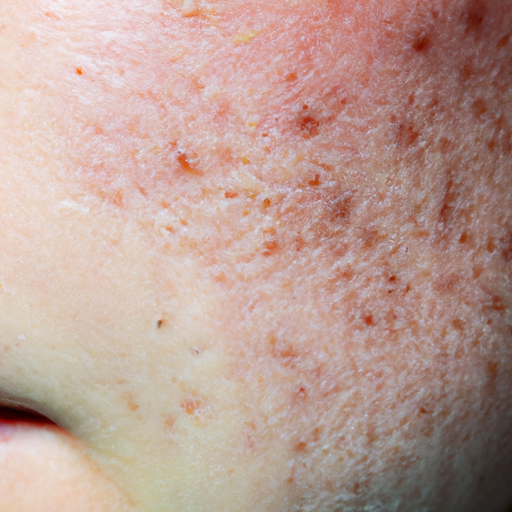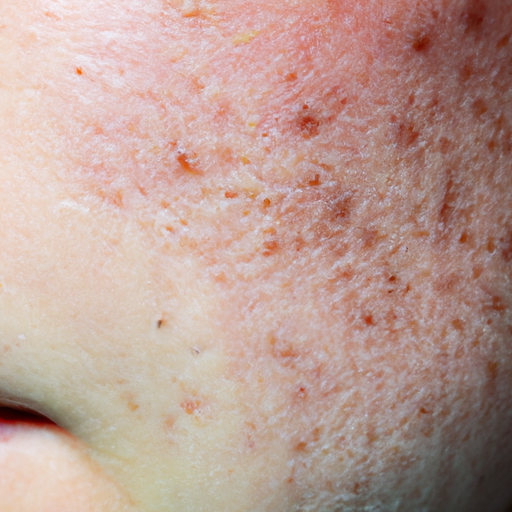Title: Unmasking Clear Skin: A Comprehensive Analysis of Acne Treatments
As a medical professional, I have encountered countless patients seeking effective solutions for acne. This common skin condition can be a source of discomfort and insecurity for many, affecting their overall quality of life. With the myriad of acne treatments available today, it’s crucial to understand each one’s benefits and potential drawbacks. This article aims to provide a deep dive into the world of acne treatments, unmasking the path to clear skin.
Acne is a skin condition characterized by the occurrence of inflamed or infected sebaceous glands in the skin, resulting in pimples, blackheads, and whiteheads. It primarily affects adolescents but can occur at any age. The main causes include hormonal changes, stress, diet, and certain medications.
The first line of defense against acne is often over-the-counter (OTC) treatments. These products typically contain ingredients like salicylic acid, benzoyl peroxide, and sulfur. Salicylic acid works by exfoliating the skin and unclogging pores, while benzoyl peroxide kills bacteria and slows down the production of oil in the skin. Sulfur, on the other hand, removes dead skin cells and excess oil. These treatments can be effective for mild acne but may not be sufficient for more severe cases.
For moderate to severe acne, prescription medications may be necessary. Topical retinoids are commonly prescribed and work by promoting cell turnover and preventing clogged pores. Antibiotics can also be used to kill excess skin bacteria and reduce inflammation. In some cases, oral medications like isotretinoin or hormonal therapies may be recommended.
Another option for acne treatment is light therapy. This involves exposure to different types of light to kill acne-causing bacteria and reduce inflammation. Blue light therapy is particularly effective against P. acnes bacteria, while red light therapy can reduce inflammation and promote healing.
Chemical peels and microdermabrasion are also popular acne treatments. These procedures involve removing the top layer of skin to unclog pores and reduce the appearance of acne scars. However, they can cause temporary redness and sensitivity.
While these treatments can be effective, it’s important to remember that acne is a complex condition that can be influenced by various factors. Therefore, a holistic approach that includes a healthy diet, regular exercise, and stress management can also contribute significantly to achieving clear skin.
In conclusion, there’s no one-size-fits-all solution when it comes to acne treatment. What works for one person may not work for another. Therefore, it’s crucial to consult with a dermatologist or healthcare professional who can provide personalized advice based on your specific skin type and acne severity. With the right treatment plan, clear skin is achievable.
Remember, achieving clear skin is a journey, not a destination. It requires patience, consistency, and sometimes trial and error. But with the right information and guidance, you can navigate the world of acne treatments effectively and confidently.
Keywords: Acne, Acne Treatments, Clear Skin, Over-the-Counter Treatments, Prescription Medications, Light Therapy, Chemical Peels, Microdermabrasion, Holistic Approach.




